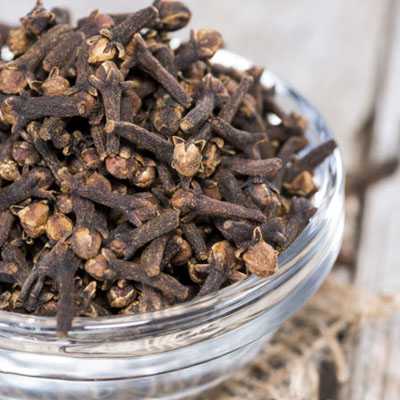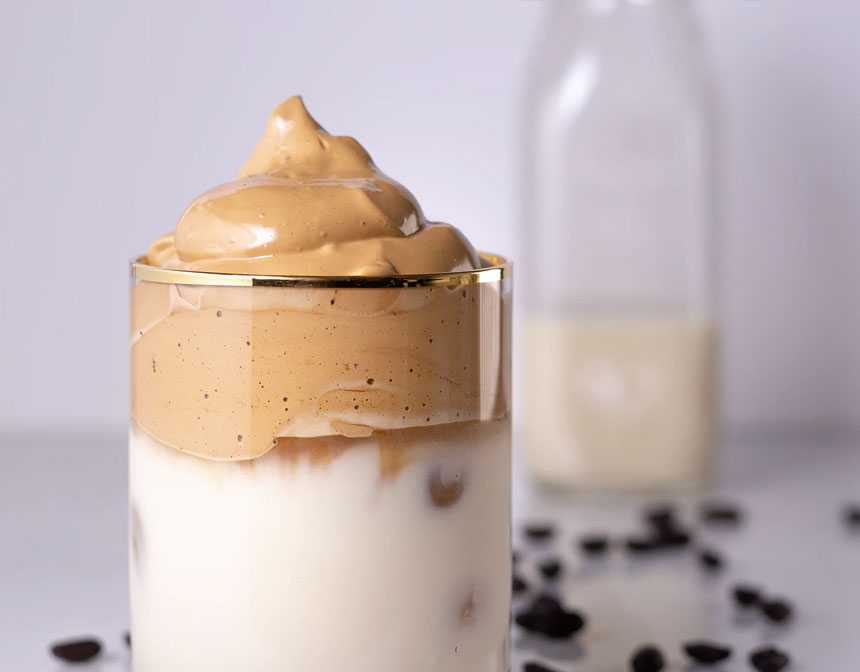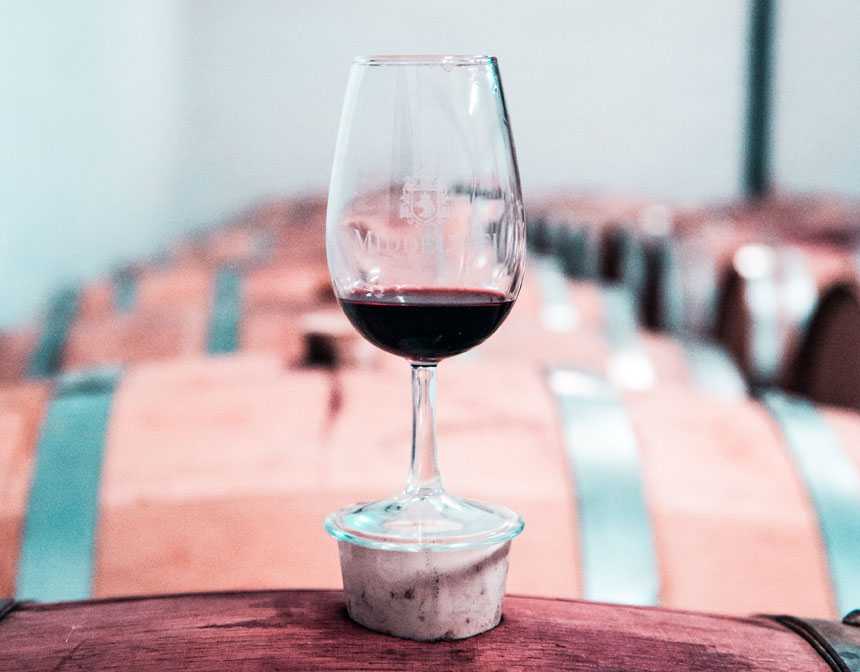What Is Mulled Wine?
Mulled wine, known as Glögg, Glühwein, or Vin Chaud in various parts of the world, has a storied history that dates back to the Romans in the 2nd century. As they traveled through Europe, they introduced the practice of mulling wine, heating it with spices for both health and pleasure during cold winters. This tradition continued to evolve, becoming especially popular in the Middle Ages as a way to make wine that had gone bad taste better.
When selecting the best wine for mulled wine, it’s generally recommended to opt for a robust and fruity red. Young, vibrant, and less complex wines that are reasonably priced work well as a base. You don't need an expensive bottle because the mulling process transforms the wine. Varieties like Zinfandel, Grenache, or a young Shiraz provide the bold flavors that complement the mulling spices without being overshadowed.
The spices used in mulled wine are crucial and create a warming and aromatic mix. Classic spices include cinnamon sticks, cloves, allspice, and star anise. They're often combined with citrus fruits like oranges or lemons to add brightness to the rich flavors. These spices not only add depth to the drink but also fill your home with a fragrance that's undeniably festive.
Over time, recipes for mulled wine have become as diverse as the regions that love it, with many families passing down their own cherished versions from generation to generation. Whether it's a traditional recipe or one with a personal twist, mulled wine remains a winter favorite, enjoyed for its ability to warm the body and spirit.
What's The Difference Between Mulled Wine And Normal Wine?
The primary difference between mulled wine and normal wine lies in the preparation and flavoring.
Preparation:
- Mulled Wine: Mulled wine is heated and infused with a variety of spices and sometimes citrus fruits. It's typically served warm, especially during colder months. The spices often include cinnamon, cloves, nutmeg, and star anise.
- Normal Wine: Normal wine is served at room temperature or chilled, depending on the type of wine. It's not typically heated or infused with additional spices.
Temperature:
- Mulled Wine: Mulled wine is served warm, making it a popular beverage during the winter and holiday seasons.
- Normal Wine: Normal wine is typically served at its recommended temperature, which can vary. Red wines are often served at room temperature, while white wines are chilled.
Flavor Profile:
- Mulled Wine: Mulled wine has a distinct spiced flavor due to the addition of spices during the heating process. It can also have fruity and citrusy notes.
- Normal Wine: The flavor of normal wine is determined by the grape variety, region, and winemaking process. It can have a wide range of flavors from fruity to oaky, depending on the type of wine.
How To Reheat Mulled Wine?
Reheating mulled wine is a process that requires gentle care to preserve its flavors and aromas. Here's the best method to reheat your mulled wine:
Reheating on the Stove:
- Pour the mulled wine into a saucepan and warm it over low heat. You want to avoid reaching a boil to prevent the alcohol from evaporating and the spices from becoming bitter.
- Stir the wine occasionally to ensure even heating and to prevent any ingredients from sticking to the bottom of the pan.
- If you have a cooking thermometer, aim for a temperature around 160°F (70°C) – hot enough to enjoy without diminishing the quality.
Using a Slow Cooker:
- If you're reheating a larger quantity or want to keep the mulled wine warm over a period of time, a slow cooker is an excellent option. Set it to low, and let the wine gradually warm up.
- You can serve the mulled wine straight from the slow cooker, which will also keep it warm for guests during a gathering.
Microwave Method:
- Although not ideal for larger quantities, the microwave can be used for a single serving. Use a microwave-safe mug and heat the mulled wine in 30-second intervals, stirring in between until just warm.
Tips for Reheating Mulled Wine:
- Do Not Overheat: The key is to never let the mulled wine come to a boil. Overheating can cause the flavors to deteriorate and the alcohol to burn off.
- Add Fresh Spices: If the mulled wine has lost some of its pungency, feel free to add a few fresh spices as you reheat.
- Sweetness Adjustment: Taste your mulled wine after reheating. If it needs a little more sweetness, stir in a small amount of honey or sugar until it meets your preference.
How To Store Mulled Wine?
Storing mulled wine properly is essential to maintain its rich flavors and aromatic spices for future enjoyment. Here's how to keep your mulled wine delicious for later consumption:
Short-Term Storage:
- Let it Cool: Before storing, allow the mulled wine to cool to room temperature.
- Airtight Container: Transfer the cooled mulled wine to an airtight container. Glass is preferable as it won't absorb the flavors.
- Refrigerate: Place the container in the refrigerator. Properly stored, mulled wine can last for up to 3-5 days.
Long-Term Storage:
- Freezing Options: For longer storage, mulled wine can be frozen. Pour the cooled wine into a freezer-safe container, leaving some space at the top for expansion. You can also use ice cube trays for individual servings.
- Thawing: When you're ready to drink it again, thaw the mulled wine in the refrigerator.
- Reheat Gently: Reheat the mulled wine slowly on the stove over low heat. Avoid boiling to prevent the alcohol from evaporating.
Serving After Storage:
- Check the Flavor: Upon reheating, taste the mulled wine and adjust the sweetness or add fresh spices if needed.
- Serve Warm: Mulled wine is best served warm. Reheat it gently, taking care not to let it boil to preserve the alcohol content and flavors.
By following these storage tips, you can extend the life of your mulled wine and enjoy its comforting warmth over several days, making the most of your festive preparation.








































